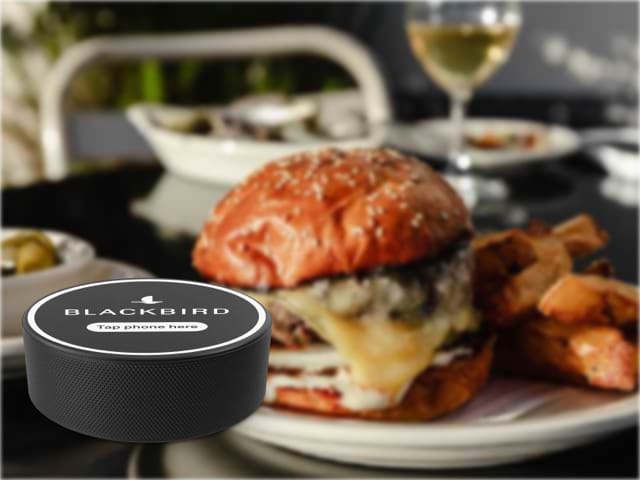Read Time
7 min

Amidst a million-plus worker shortage, automation and artificial intelligence have become hot topics within the foodservice industry, especially amongst QSRs. When it comes to phone and drive-thru ordering, there are at least seven companies dedicated to building conversational AI for large restaurant chains. But with the recent launch and excitement around OpenAI’s GPT-3 and Whisper public APIs, it remains unclear whether the industry needs purpose-built AI companies designed specifically for the restaurant industry. Just as many startups have tried to build “Instagram of food,” IBM and McDonald's have invested heavily in error-prone restaurant AI technology that has been kept close to the chest since McDonald’s acquisition of Apprente in 2019. This begs the question of where the value lies within the modern stack of restaurant technology. HNGRY has been experimenting with GPT-3’s playground, and has found countless applications that could easily be applied to the ~$900bn domestic foodservice industry.
Why OpenAI?
While speaking at MIT in 2014, Elon Musk called AI the “biggest existential threat” to humanity, likening it to “summoning the demon.” A year later, Musk and a group of Silicon Valley elite including Reid Hoffman, Peter Thiel, and Sam Altman founded OpenAI as a non-profit artificial intelligence research company, pledging $1bn in funding while vowing to remain transparent by encouraging its researchers to publish their work as white papers, blog posts, or code.
Subscribe to continue reading
Sign up now for HNGRY Trends to read weekly stories like this and join the community of hundreds of food tech industry insiders from CloudKitchens, Uber, DoorDash, GoPuff, and more.
Already a member? Log in







